Succulent gardens have become increasingly popular in recent years, and it’s not hard to see why. These unique and beautiful gardens are known for their low-maintenance nature and stunning appearance. Succulents are a type of desert plant that have adapted to survive in arid conditions by storing water in their leaves, stems, and roots. This ability to retain water makes them perfect for those who may not have a green thumb or who live in dry climates.
One of the main reasons people are drawn to succulent gardens is their aesthetic appeal. With their wide range of colors, shapes, and textures, succulents can create a visually stunning display. From the vibrant green of the Echeveria to the striking red of the Aloe vera, there is a succulent for every taste and style. Additionally, succulents can be arranged in various ways, from potted arrangements to vertical gardens, allowing for endless possibilities in design.
Types of succulents: Exploring the diverse range of desert plants
Succulents come in a wide variety of types, each with its own unique characteristics and appearances. Some popular types of succulents include Echeveria, Aloe vera, Sedum, and Crassula. Echeveria is known for its rosette-shaped leaves and comes in a range of colors, from pale green to deep purple. Aloe vera is a well-known succulent that has medicinal properties and is often used in skincare products. Sedum is a versatile succulent that comes in many different varieties, including trailing varieties that are perfect for hanging baskets. Crassula, also known as jade plants, are known for their thick, fleshy leaves and are often used as indoor houseplants.
Each type of succulent has its own unique care requirements, so it’s important to research the specific needs of the succulents you choose for your garden. Some succulents prefer full sun, while others thrive in partial shade. Additionally, some succulents are more cold-hardy than others, so it’s important to consider your climate when selecting succulents for your garden.
Designing a succulent garden: Tips and tricks for creating a beautiful oasis
Before planting your succulent garden, it’s important to plan and design the layout. Consider the space you have available and how you want your garden to look. Do you want a small potted arrangement or a larger garden bed? Once you have an idea of the size and shape of your garden, you can start thinking about the arrangement of your succulents.
When designing your succulent garden, it’s important to consider the visual appeal of the arrangement. Try to create a balance between different colors, shapes, and textures. For example, pair succulents with different leaf shapes and sizes to create visual interest. You can also mix different colors together for a vibrant display or stick to a monochromatic color scheme for a more minimalist look.
In addition to considering the visual appeal, it’s also important to think about the practicality of your design. Make sure to leave enough space between each plant to allow for growth and airflow. This will help prevent overcrowding and reduce the risk of disease or pest infestation. It’s also a good idea to group succulents with similar care requirements together, as this will make maintenance easier in the long run.
Choosing the right soil and containers for succulents
Choosing the right soil and containers for your succulents is crucial for their health and growth. Succulents require well-draining soil that allows excess water to flow away from the roots. This is because succulents are prone to root rot if they sit in waterlogged soil for too long. To create the perfect soil mix for your succulents, you can use a combination of potting soil, perlite, and sand. This will provide the right balance of moisture retention and drainage.
When it comes to containers, there are a wide variety of options to choose from. Terracotta pots are a popular choice for succulent gardens as they are porous and allow for better airflow to the roots. However, any container with drainage holes will work well for succulents. Just make sure to choose a container that is the right size for your succulents and allows for growth.
Watering and maintenance: How to keep your succulent garden healthy
Proper watering is essential for the health of your succulent garden. Succulents are adapted to survive in arid conditions, so they prefer infrequent but deep watering. It’s important to allow the soil to dry out completely between waterings to prevent overwatering. To determine when it’s time to water your succulents, stick your finger about an inch into the soil. If it feels dry, it’s time to water.
When watering your succulents, make sure to water the soil directly and avoid getting water on the leaves. This can lead to rot and disease. It’s also important to avoid using tap water, as it can contain chemicals that can harm your succulents. Instead, use filtered or distilled water, or collect rainwater for watering.
In terms of maintenance, succulents are relatively low-maintenance plants. They require minimal pruning and fertilizing compared to other types of plants. However, it’s still important to keep an eye out for any signs of pests or disease. If you notice any issues, take action immediately to prevent further damage.
Incorporating other elements: Adding rocks, sand, and other natural features

To enhance the overall appearance of your succulent garden, consider incorporating other natural elements such as rocks, sand, and driftwood. These elements can add texture and visual interest to your garden. For example, you can use rocks of different sizes and colors to create a natural border or pathway. Sand can be used to create a desert-like environment and provide a contrast to the succulents. Driftwood can be used as a centerpiece or as a support for trailing succulents.
When incorporating these elements, make sure to choose ones that are safe for your succulents. Avoid using rocks or sand that may contain harmful chemicals or sharp edges that could damage the plants. It’s also important to consider the drainage of your garden when adding these elements. Make sure they don’t obstruct the flow of water or prevent proper airflow to the roots.
Benefits of a succulent garden: From aesthetics to environmental impact
There are numerous benefits to having a succulent garden, both in terms of aesthetics and environmental impact. From an aesthetic standpoint, succulent gardens are visually stunning and can create a focal point in any outdoor or indoor space. Their unique shapes, colors, and textures make them stand out from other types of plants.
In terms of environmental impact, succulent gardens are a sustainable choice. Succulents require less water than traditional garden plants, making them ideal for water-conscious individuals or those living in drought-prone areas. Additionally, succulents can help improve air quality by absorbing carbon dioxide and releasing oxygen. They also provide habitat and food for pollinators such as bees and butterflies.
Indoor vs outdoor succulent gardens: Which is right for you?
When deciding between an indoor or outdoor succulent garden, there are several factors to consider. Indoor succulent gardens are a great option for those who don’t have access to outdoor space or live in climates that are not suitable for growing succulents outdoors. Indoor gardens can be created in pots or containers and placed on windowsills, shelves, or tables. They can add a touch of greenery to any room and are relatively low-maintenance.
Outdoor succulent gardens, on the other hand, allow for more space and variety in design. They can be created in garden beds, raised planters, or even vertical gardens. Outdoor gardens also provide the opportunity to incorporate other elements such as rocks and sand, creating a more natural and visually appealing display. However, outdoor gardens require more attention to factors such as sunlight exposure and temperature fluctuations.
Common mistakes to avoid when creating a succulent garden
When creating a succulent garden, there are some common mistakes that beginners often make. One of the most common mistakes is overwatering. Succulents are adapted to survive in dry conditions and prefer infrequent but deep watering. Overwatering can lead to root rot and other issues. It’s important to allow the soil to dry out completely between waterings.
Another common mistake is using the wrong type of soil or container. Succulents require well-draining soil that allows excess water to flow away from the roots. Using regular potting soil or containers without drainage holes can lead to waterlogged soil and root rot. It’s important to choose the right soil and container for your succulents’ needs.
Lastly, another mistake is not considering the specific care requirements of each succulent. Each type of succulent has its own unique needs in terms of sunlight exposure, temperature, and watering. It’s important to research the specific care requirements of the succulents you choose for your garden and group them together accordingly.
Embracing the beauty and simplicity of succulent gardens
In conclusion, succulent gardens have gained popularity for their unique beauty and low-maintenance nature. With their wide range of colors, shapes, and textures, succulents can create visually stunning displays both indoors and outdoors. By following the tips and tricks outlined in this article, you can create a beautiful oasis that will thrive with minimal effort.
Whether you choose to create an indoor or outdoor succulent garden, the benefits are numerous. From their aesthetic appeal to their positive impact on the environment, succulent gardens are a sustainable and visually pleasing choice. So why not embrace the simplicity and beauty of succulent gardens and create your own oasis today?
If you’re a fan of succulent gardens and want to elevate your garden design, check out this article on GirlsGist.com. It features 6 stunning outdoor succulent plants that will add beauty and uniqueness to your garden. From colorful rosettes to trailing vines, these succulents will surely make a statement in any outdoor space. So, if you’re looking for some inspiration to enhance your succulent collection, click here to read the article: https://girlsgist.com/fun-stuff/6-stunning-outdoor-succulent-plants-to-elevate-your-garden-design/
FAQs
What are succulent gardens?
Succulent gardens are gardens that feature plants that have adapted to arid environments. These plants store water in their leaves, stems, and roots, allowing them to survive in dry conditions.
What are some common types of succulents?
Some common types of succulents include aloe vera, jade plant, cactus, agave, and echeveria.
What are the benefits of having a succulent garden?
Succulent gardens are low-maintenance and require little water, making them a great option for those who want a beautiful garden without a lot of upkeep. They also add a unique and interesting aesthetic to any outdoor space.
How do I care for my succulent garden?
Succulent gardens require well-draining soil and should be watered sparingly. They also need plenty of sunlight and should be protected from frost and extreme temperatures.
Can succulent gardens be grown indoors?
Yes, many types of succulents can be grown indoors as long as they receive enough sunlight and are planted in well-draining soil.








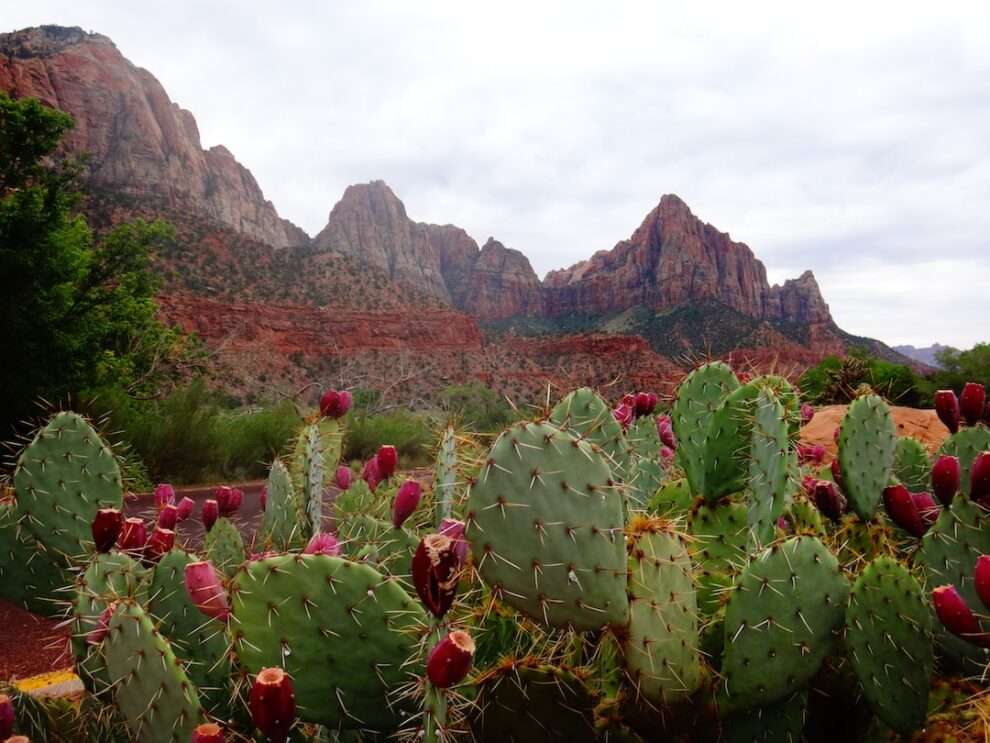
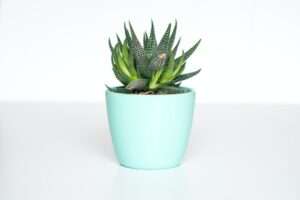
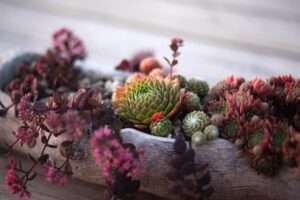


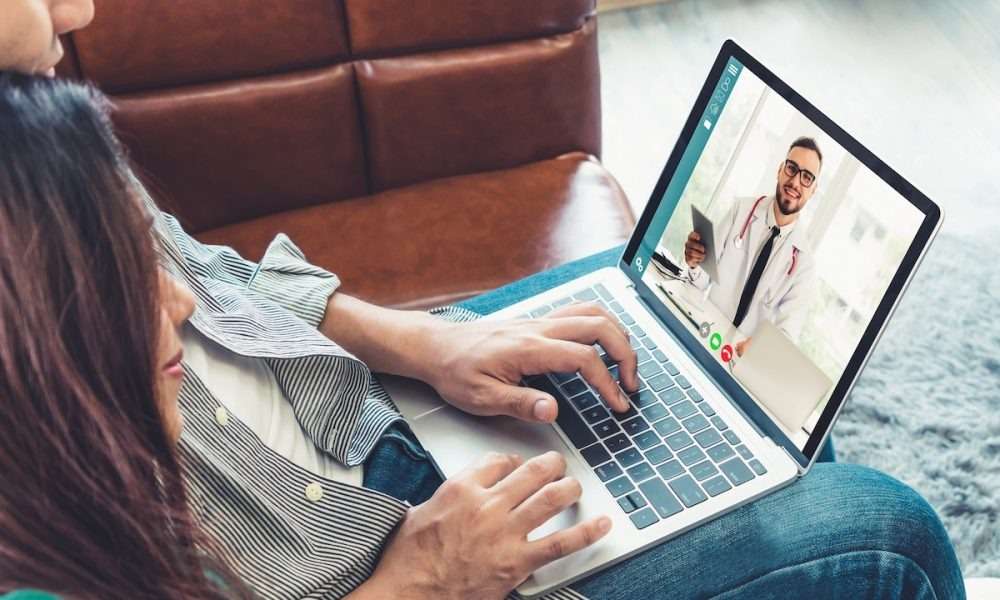
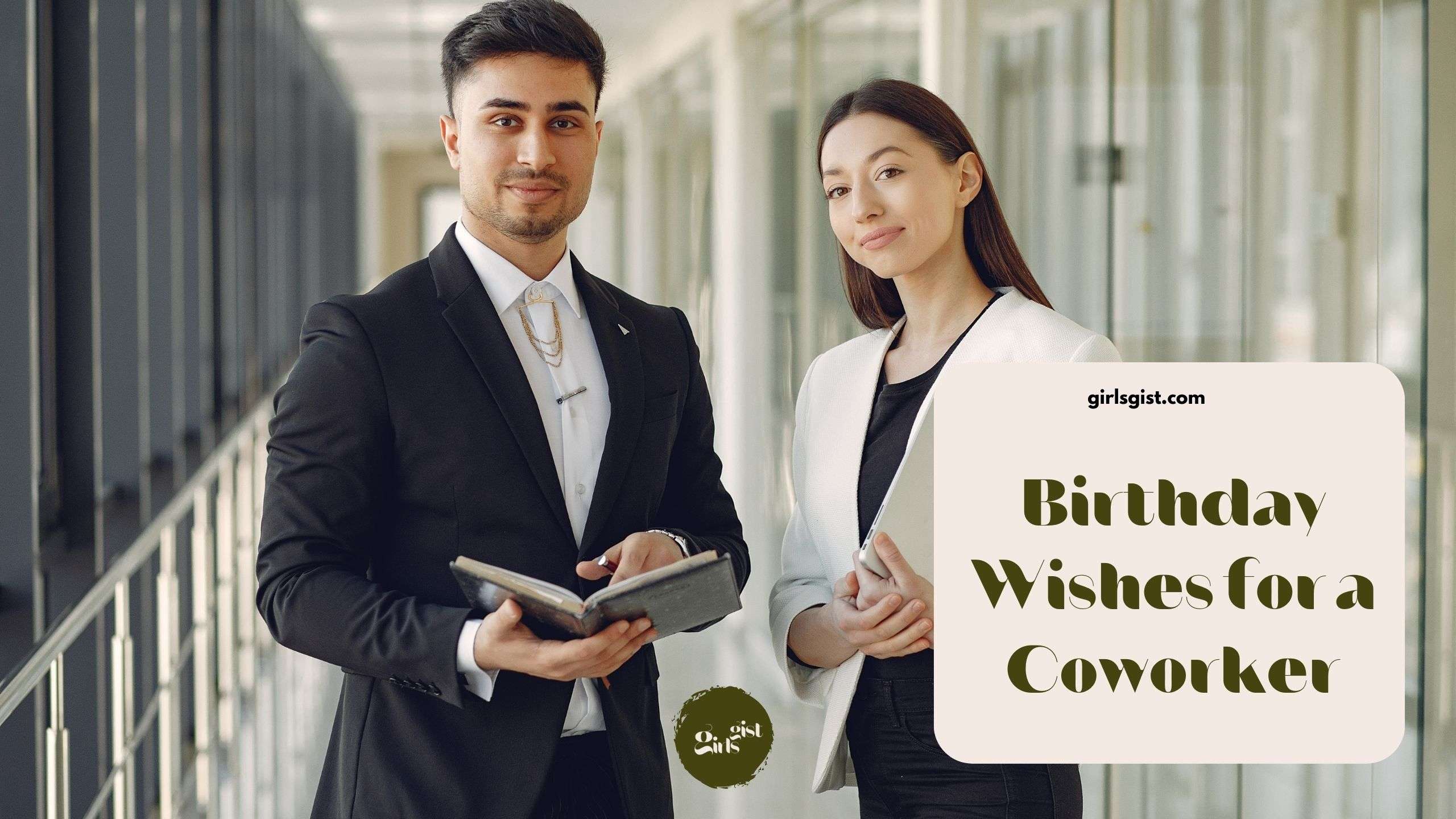


Add Comment